We don’t have to fool ourselves, I’m sure you haven’t heard of the jatropha tree. Am I right?
If you are in the mood to host this tree in your garden, we bring you a care guide for the jatropha tree. Wood is not popular and honestly, I’m not sure why that is.
If I could choose 5 flowering trees for my garden, jatropha would be on that list. In addition to purple and yellow flowers, red flowers are an excellent decoration for your garden.
Just as the title says, beautiful red blooms with minimal effort. A similar tree you can purchase for your yard is a dwarf jacaranda tree. It has a very simple care guide and wonderful purple blooms.
Let’s learn the simple care guide for a jatropha tree in the rest of the article.
About Jatropha Curcas Tree
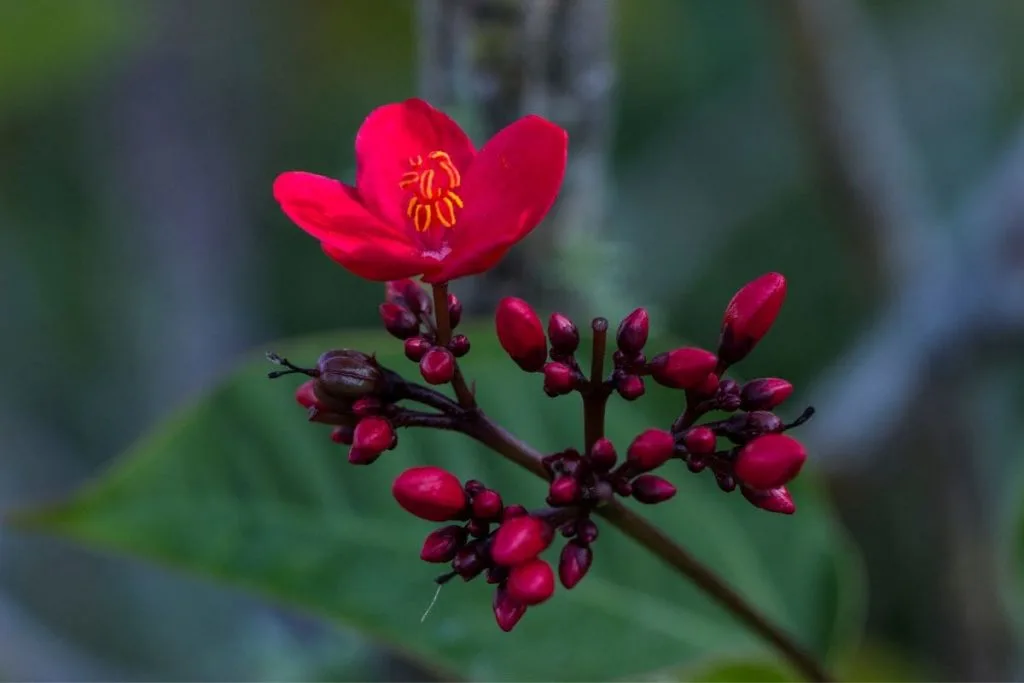
Are you more of a fan of multiple-trunk trees or single-trunk trees? Luckily for you, this amazing tree has both species. Its flowers which are generally red are produced year-round.
You’ll have an amazing evergreen shrub in your garden once you decide to plant it. It can reach a height of 20 feet when grown outdoors. After you find out all about its appearance, we’re bringing you its simple care guide.
- Native habitat: jatropha grows in tropical and subtropical areas, west Indies, Australia, South America, and South Europe
- Botanic name: Jatropha curcas
- Order: Malpighiales
- Common names: purging nut, Barbados nut, or physic nut
- Species: Jatropha curcas, jatropha integerrima, jatropha multifida, etc.
- Family/genus: genus jatropha, Euphorbiaceae family
- Type of the tree: tropical evergreen, multi-trunk tree, small tree
- Leaf color and shape: dark green leaves with slender stems
- Flowers: bright red flowers, pink flowered variety exists too, individual flowers
- Toxicity: milky sap can -irritate sensitive skin allergies, and produces oils suitable for diesel engines, oil content is toxic
- Growth type: jatropha plant has a medium growing ratio
- USDA hardiness zone: 9-11 zones
- Wildlife: attract hummingbirds, butterflies, and bees
- Use: landscape plants, gardens, and indoor trees, might be used for food production in the future
- Where to plant: in full sun, in partial shade in large containers, or directly into the ground, in well-draining soils since its a drought-tolerant plant
How Many Jatropha Species Is There?
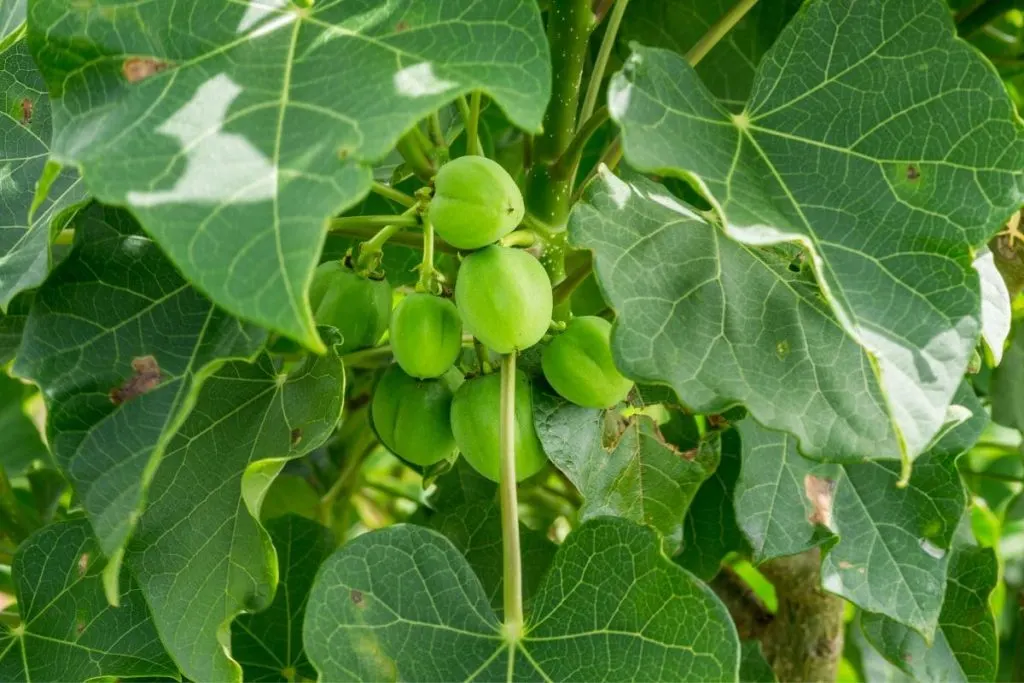
Coming from the Euphorbiaceae family, the Jatropha tree has around 175 species. Not all species have the same growing habits or needs.
Some grow in tropical regions, some in colder regions while some prefer only subtropical temperatures.
They are usually found in Asia and Africa where they exist for around 100 years now. The most famous species are jatropha curcas, jatropha integerrima, and coralbush jatropha.
Are Jatropha Trees Messy?
The tree is an evergreen so you don’t have to worry about the fall mess it might leave behind. Since most people grow them in large containers, you won’t even have the seeds around the garden since they’ll fall into the container ground.
Is Jatropha Tree Toxic To Dogs?
Although beautiful, all parts of the plant are poisonous. Leaves, and especially seeds, have the highest percentage of toxins in them. We absolutely do not advise you to plant it in the garden if you have curious dogs.
Trained dogs will certainly not touch what you forbid them to touch. However, animal curiosity sometimes goes too far. If the seeds are swallowed, breathing difficulties, vomiting, and liver failure may occur. In large amounts, the toxins can even kill your pet.
Spicy Jatropha Tree Care Guide
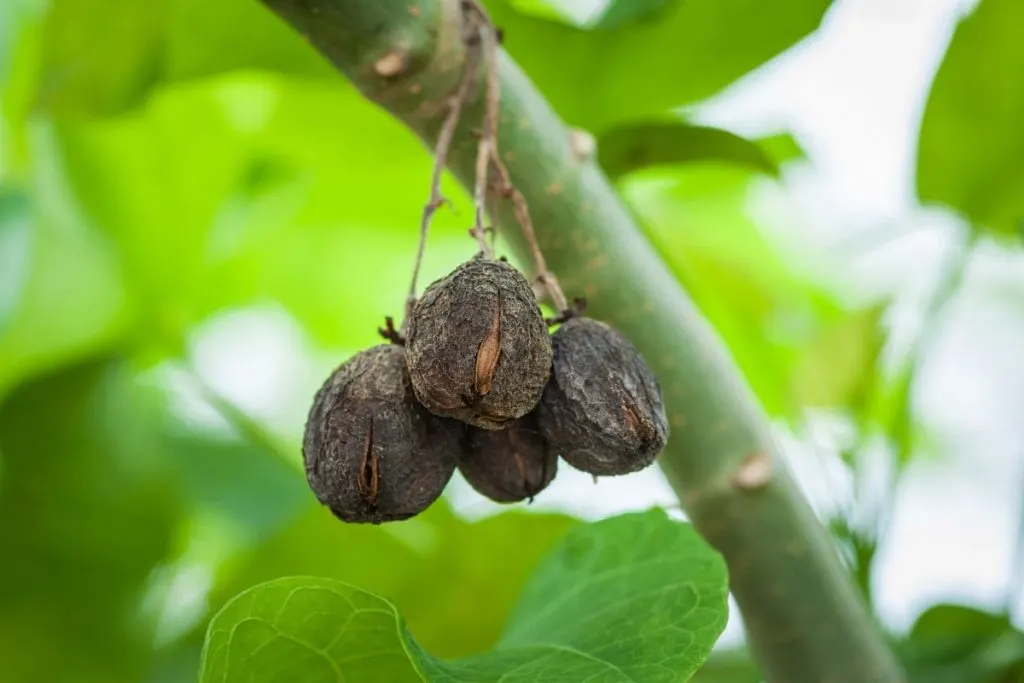
It seems to me that now after a little introduction, we are ready for the main part. Below we give you simple tips on how to take care of this tree. With our help and your curious green thumb, the plant will grow happily and contentedly in your garden. Let’s get started then.
Jatropha Tree Light Needs
To get beautiful red flowers in the spring, plant them where it gets 6-8 hours of sun. This tree can tolerate shade, but don’t expect big red flowers in full shade. Partial shade in the afternoon is tolerable.
The full shade will kill its will to bloom and spring will pass unnoticed in your garden. If you grow it indoors, filtered light is not ideal for this tree. Rather, open the window in the morning so that the plant receives direct and healthy sunlight on its leaves.
Watering Schedule For The Jatropha Tree

There are many versions of the perfect watering of this tree. Some say that every 7 days is ideal, some say that during flowering your water every 5 days, etc.
However, it is best to pour 0.8 cups of water every 9-10 days into the soil of your tree. During flowering time, you can do it every 8 days. But the plant is drought-tolerant and really does not need too much irrigation.
We all know how much damage excess water can cause. Much bigger than the deficit. Feel free to go on vacation for 8 days. Water it before you leave and when you return. Without any remorse!
What Is The Best Soil Type For The Jatropha Tree?
This tree is not salt tolerant. Avoid soils that contain salt in a wide circle. These are saline and sodic soils. It will greatly affect the growth of your tree. When buying, be sure to check the packaging.
Alkaline soils suit them best. These include chalky soil, sandy soil, silty soil, clay soil, and peat soil. Do not deviate from this choice and your tree will surely grow successfully.
Jatropha Tree – Fertilizer Yes Or No?
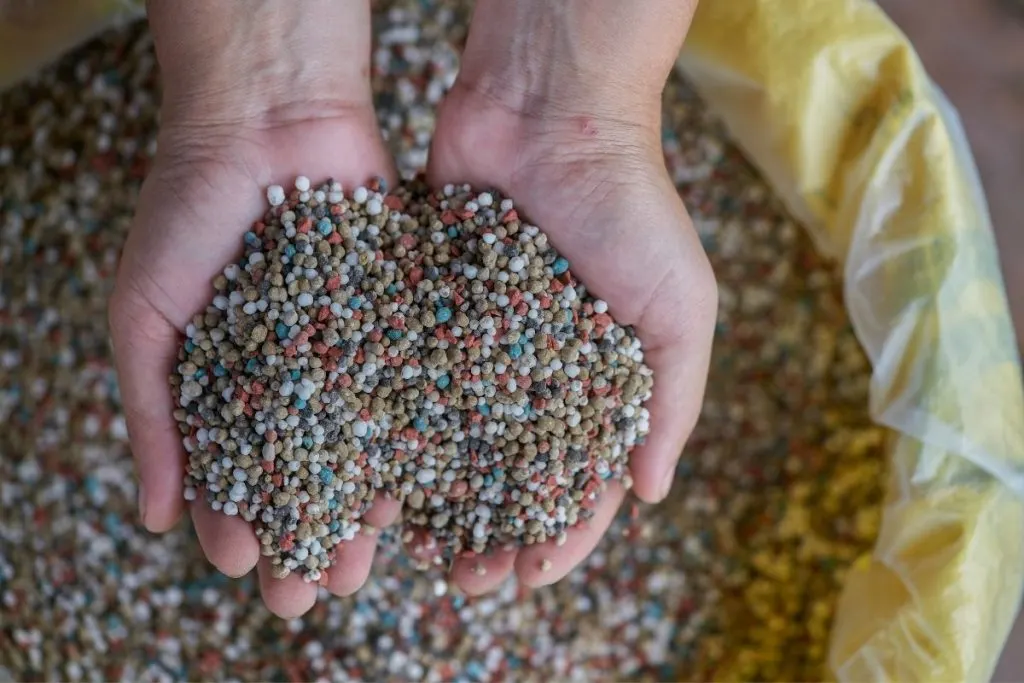
Choose a quality granular fertilizer for your tree. The best is the one rich in phosphorus. If you add a fertilizer with bone meal to all of that, you will have excellent full blooms in the spring. We do not recommend water fertilizers.
Temperature And Humidity
We have already mentioned that the plant likes tropical and subtropical areas the most. This means it likes temperatures between 70 and 80 F the most. It does not tolerate cold temperatures and frost at all.
So we’re not sure if you should even try planting this tree in zones below eight. Humidity should be more than average, so about 60% or 70% for good growth of this tree.
Jatropha Tree Pruning
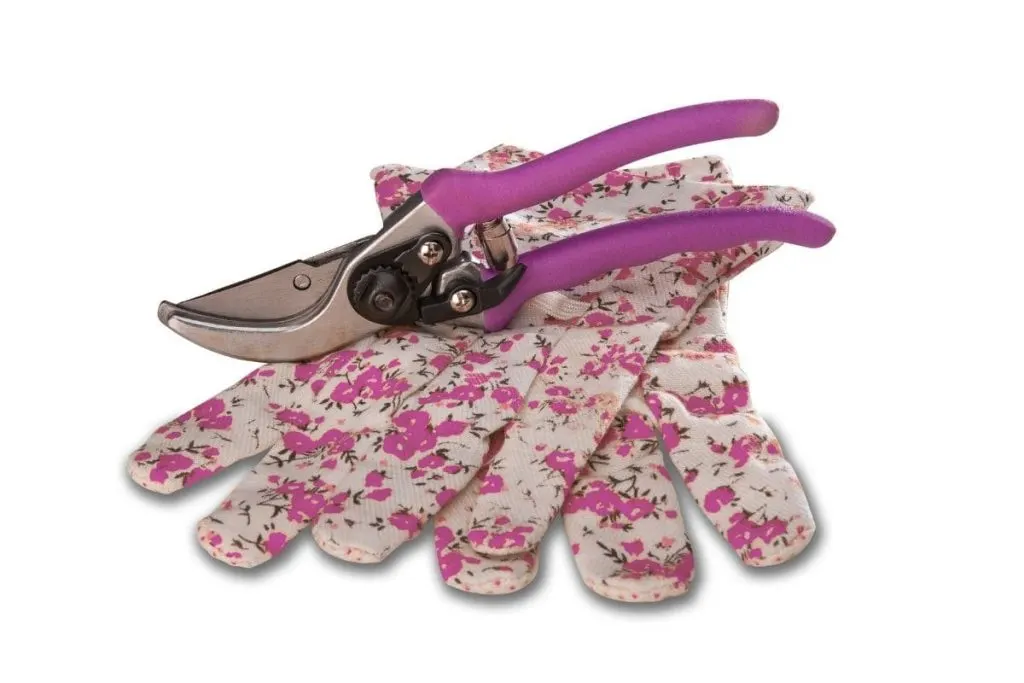
We recommend pruning at the end of the flowering season. So it is the period of late summer. This will encourage the plant to bloom even more next season.
And of course, it is always important to control the leaves for possible damage from pests. Prune in time to repair the damage.
Propagation Of The Jatropha Tree
The method of propagating this tree is also called the no-effort method, whether you like it or not. Somehow, everything with this plant is very simple. It is propagated by cuttings that should be 1 to 1 ½ inches wide.
A plant that cuts in, for example, peat soil, water it, and if you have a greenhouse, that’s great. It will create the moisture it needs and that is ideal. If you don’t have one, cover the pot with a plastic bag for 10-15 days until it produces new buds.
Some people also use special polyethylene plastic. You can also try your luck with her. Of course, it is highly tested and recommended, so we are sure that you will be satisfied with the results of using this plastic.
Final Thoughts On The Jatropha Tree
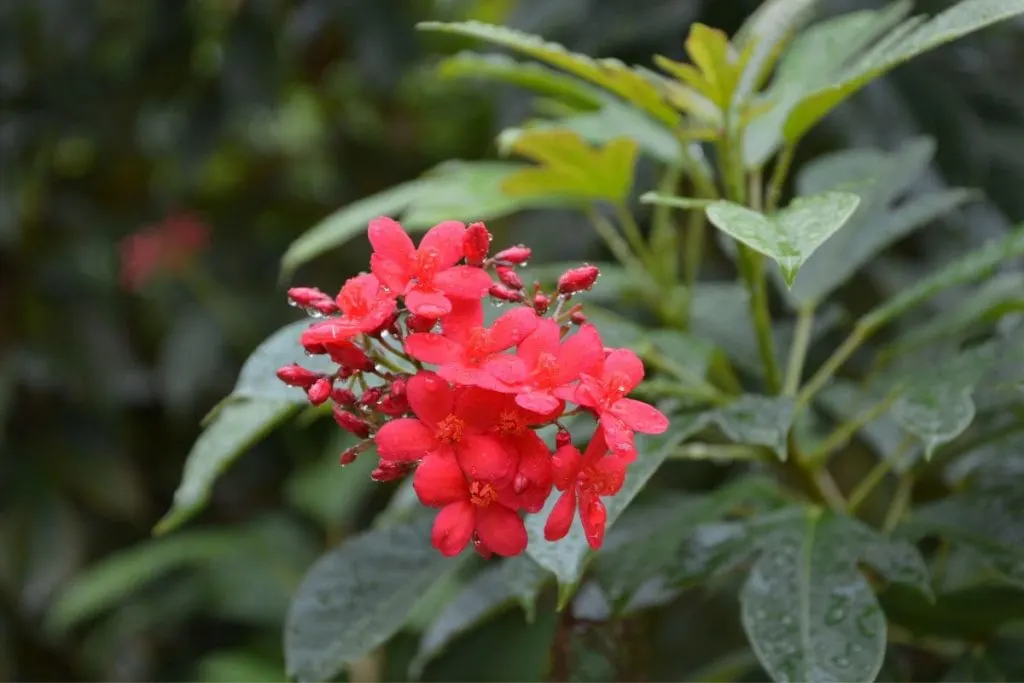
On a scale of 1-10, how much do you want the jatropha tree in your garden now? Even though I can’t hear you, I know the bar is very high right now.
Who could resist these beautiful red flowers that are easy to care for? If you like a red flowers tree, we’re sure you would enjoy flowering trees yellow and tree with purple flowers too. You can also read about small flowering trees in Florida, geiger tree, and similar topics on our site.
We’re glad you’re excited about this tree. We hope you believe how little you will have to worry about this tree. With minimal effort to the perfect redwood in your garden.
The entire care guide for this tree can fit on one post-it sticker. That’s what we advise you to do. Somewhere where you will see that sticker every day, stick it and help yourself. Although simple, it will come in handy when you are not sure.
That would be all for today. See you tomorrow with a similar topic!

